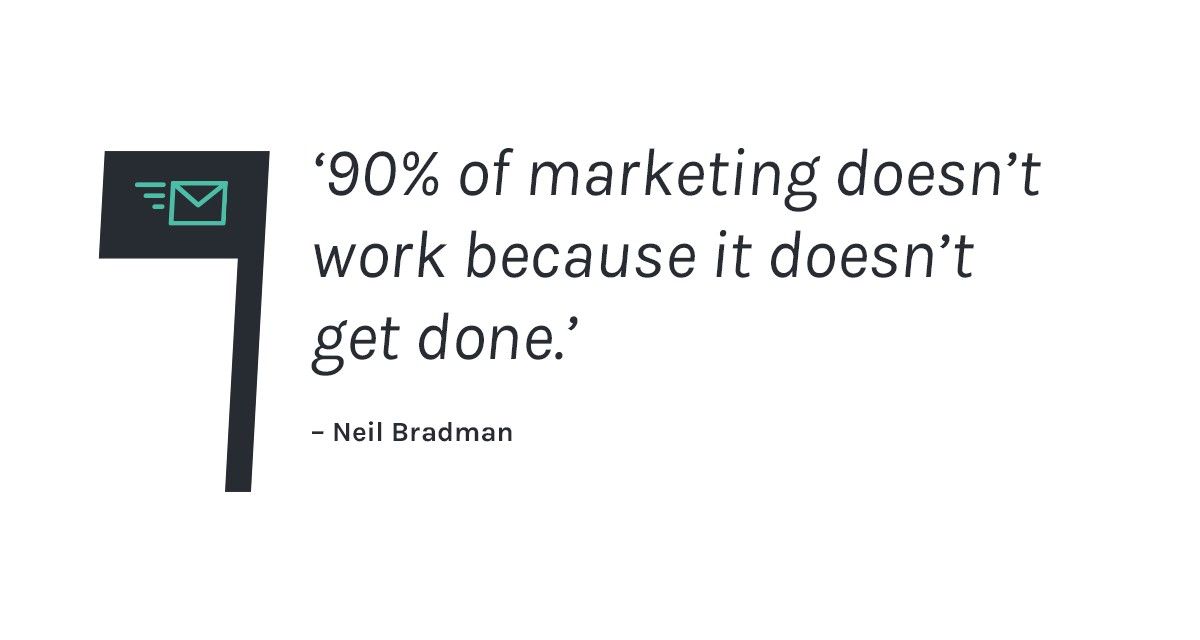Why is my marketing campaign not effective? Why do I have a low conversion rate? Why is my click through rate low? Why am I not getting any leads despite sending hundreds of emails? These are some of the question raised by a lot of marketers. You can feel their frustration in these questions. Lack of success in email marketing can be brought about by a number of different factors — all of which will be discussed on our different posts.
Practically all of you know its definition — but do you really know what targeting means and what it entails?
The word of the day today is “targeting”. It is a very crucial element of email marketing. #Emailmarketing
— Bounceless (@Bouncelessio) January 24, 2016
Quantity Doesn’t Always Produce Quality
Email marketing is a numbers game in the sense that less is more. We know that a lot of marketers think sending emails to thousands of subscribers or potential customers automatically translates to higher click through rates and increased leads and conversions. But is it always the case? No, not really. Here’s why;
Blasting and bombarding your contacts (lists) with less than optimized campaigns every time, makes them tired and / or bored. What happens when potential clients are no longer interested? They ignore you, even worse — unsubscribe.

The marketer tends to lose focus as their attention shifts from providing quality content to different subscribers to providing any content to any subscriber. Drive for quantity then overtakes drive for quality. We do not need to say what the end result is.
The marketer, personally, also tends to burnout. They will always be looking to expand their lists because of increased rate of people in opting out. There is also the matter of bouncing emails and poor sender reputation.
Shift Attention Away From Quantity to Targeting
Come up with a subset — it doesn’t matter how tiny it may seem — but optimize your campaigns to hit the right market. This way, you will get higher click through rates and more conversions.
For example, if you are looking to promote a product that’s popular with people between ages 18 to 34 living in the State of Florida, does it really make sense to send out mails to senior citizens living in the state of Ohio?
Targeting will reduce the number of mailing recipients but it will definitely grant you better stats. Plus you do not risk damaging your reputation with recipients who did not fall within your subset.
Targeting Criteria
Well, targeting doesn’t only involve demographics (age, gender, language, etc.). Besides demographics, the other common criteria for targeting is; Interest and Preferences. However, every other marketer is doing this so why don’t you take your targeting game to the next level and start including segmentation options such as those who have:
- “Invited or referred someone”
- “Purchased ‘x’ number of times in the past ‘y’ days”
- “Logged in within the past ‘x’ days”
- “Used a promotion code”
These are just to name a few. The sky is the limit when it comes to targeting. It is one of the few elements of marketing which can help you reach your full potential. So stop thinking quantity, think quality.
We hope you find this article helpful. we would like to hear your feedback on Twitter, Facebook or Linkedin.

